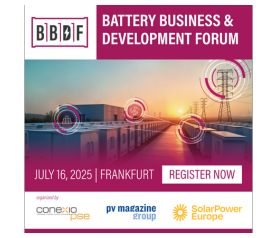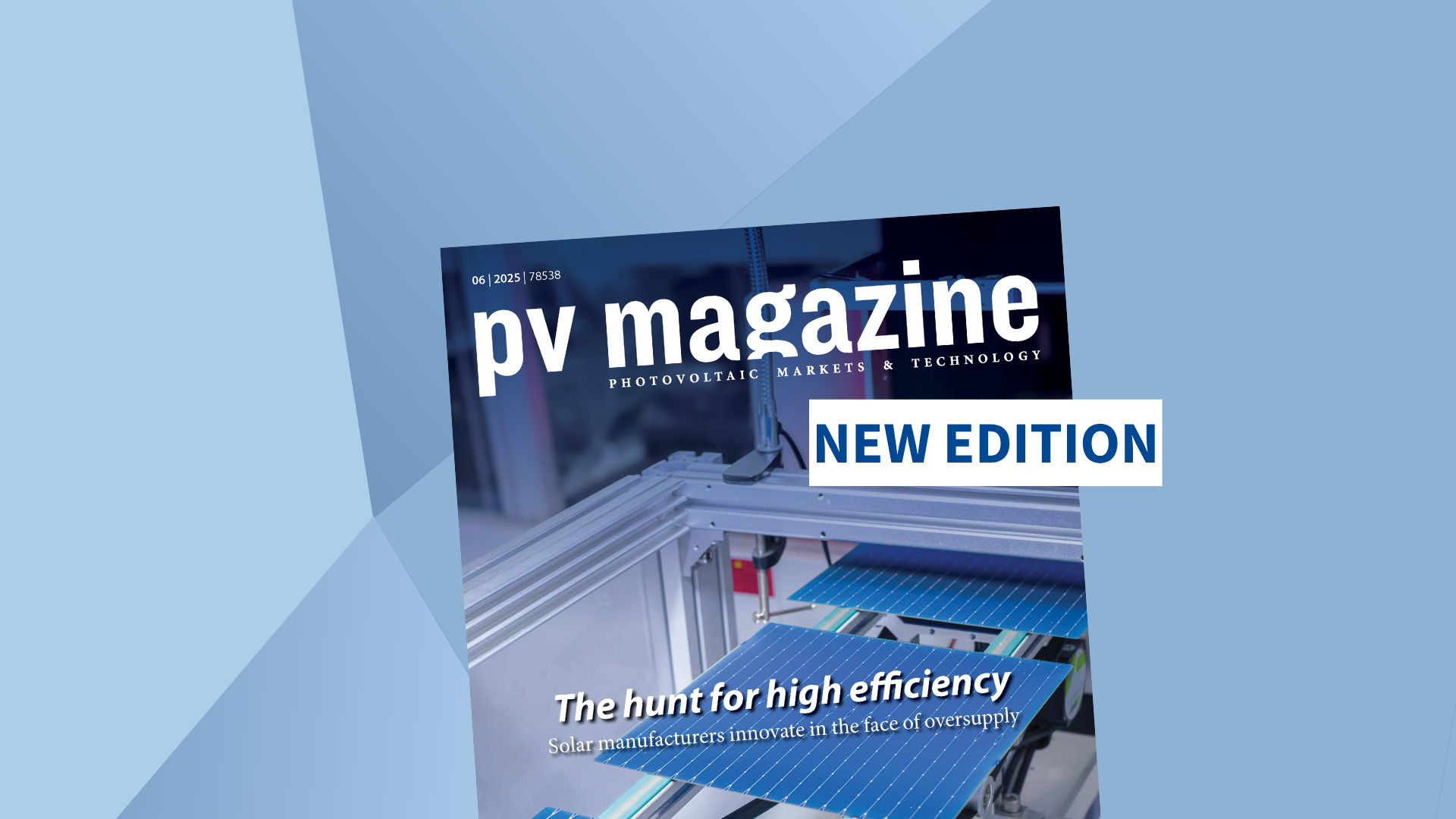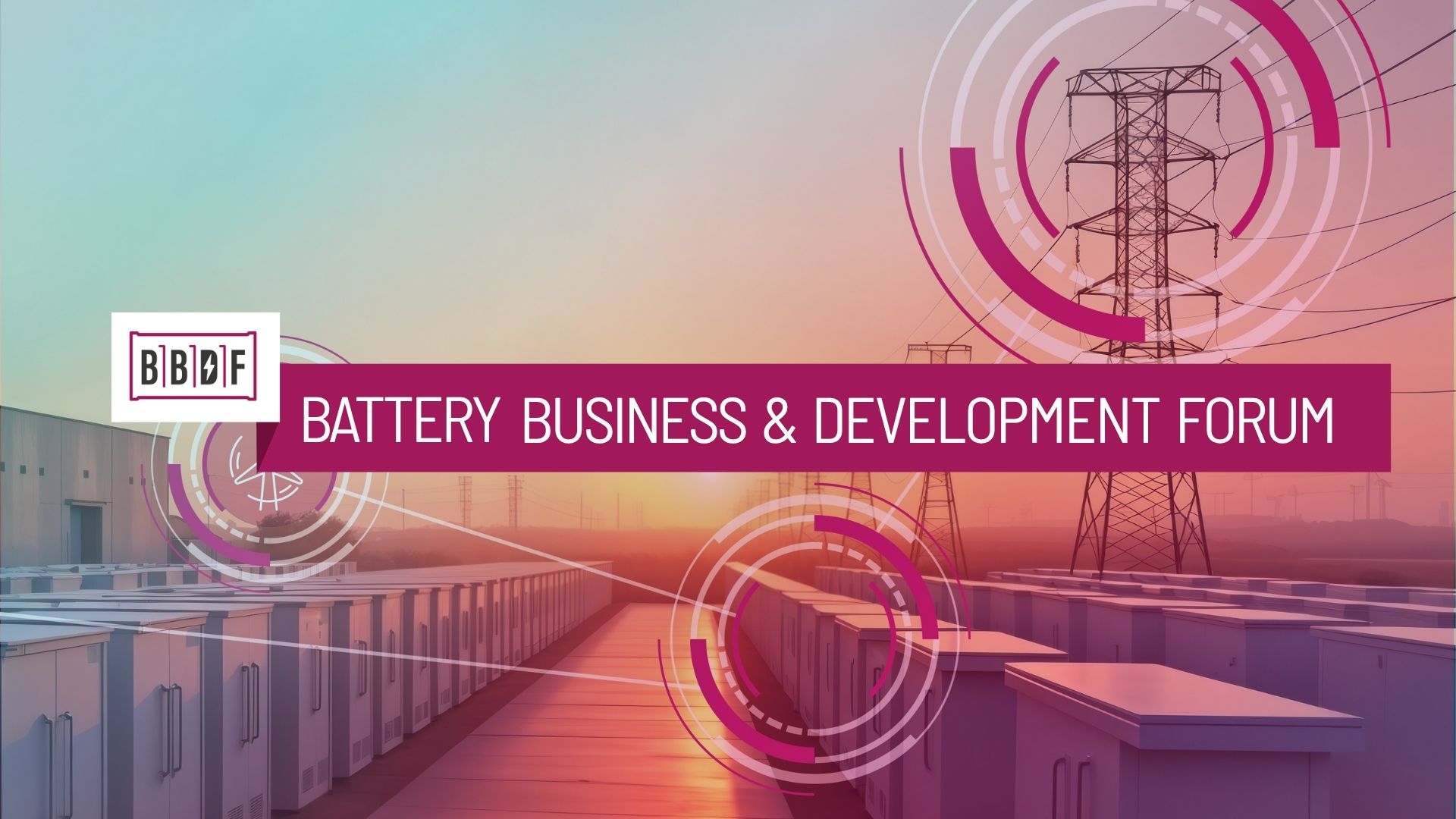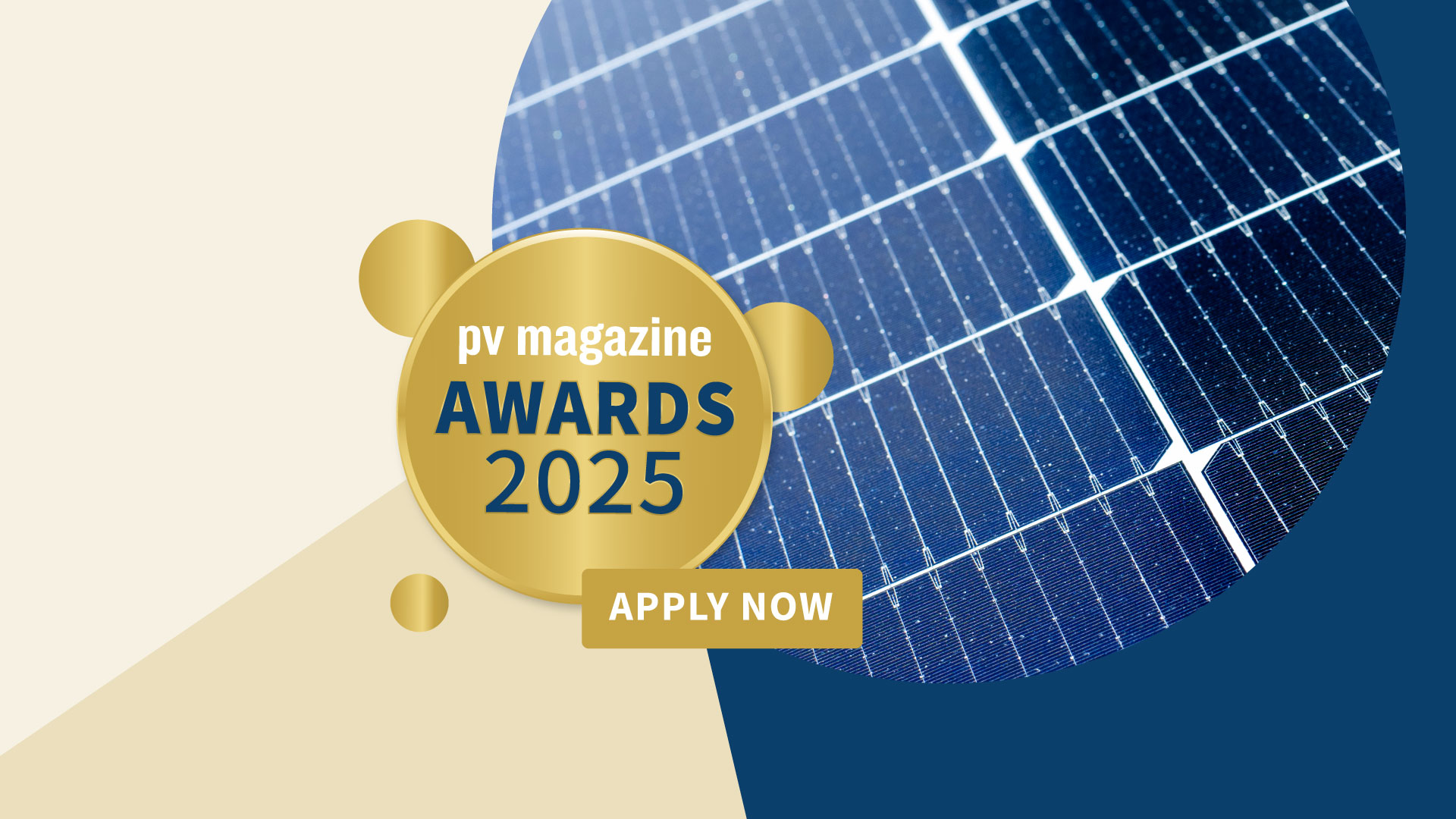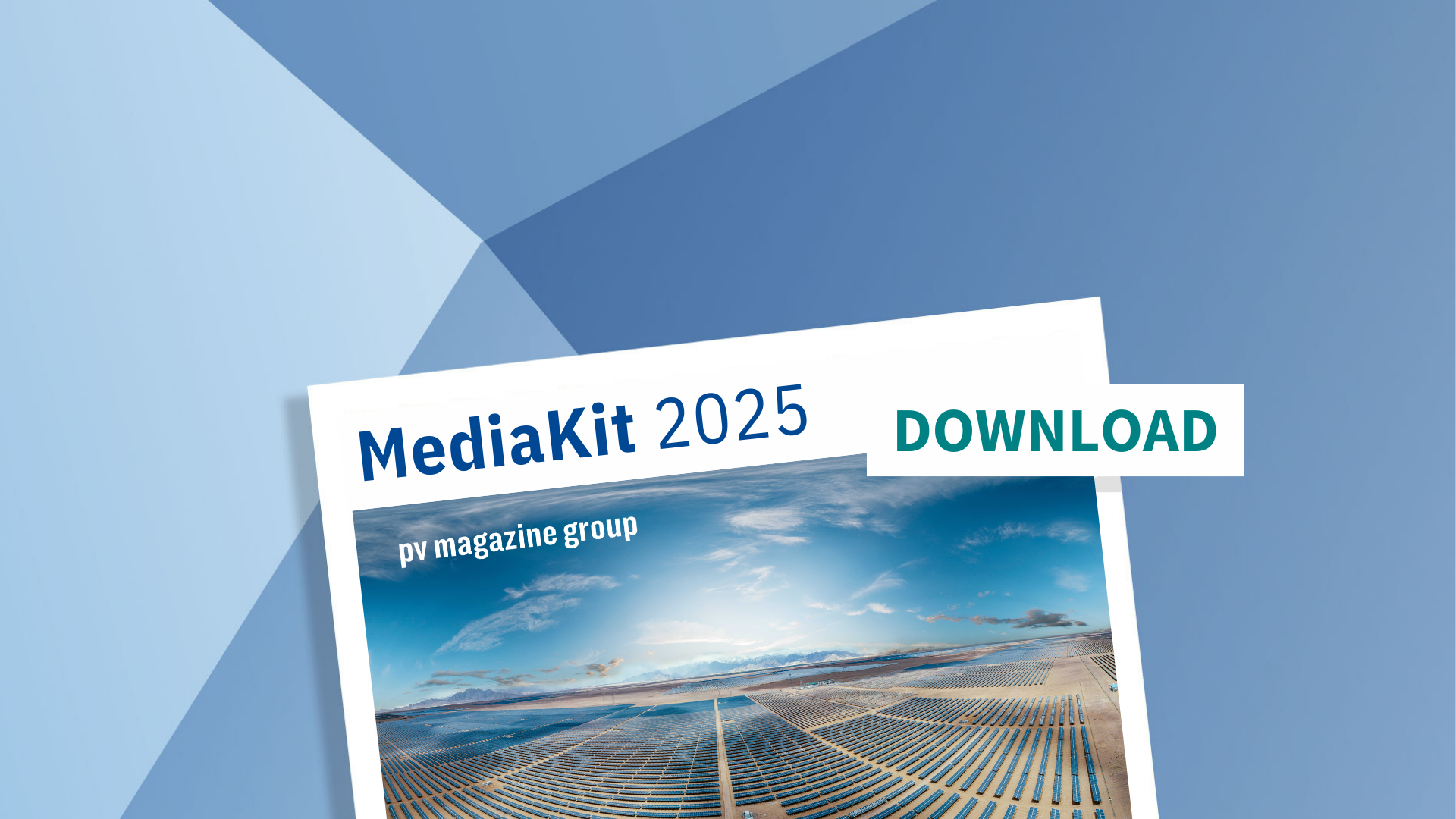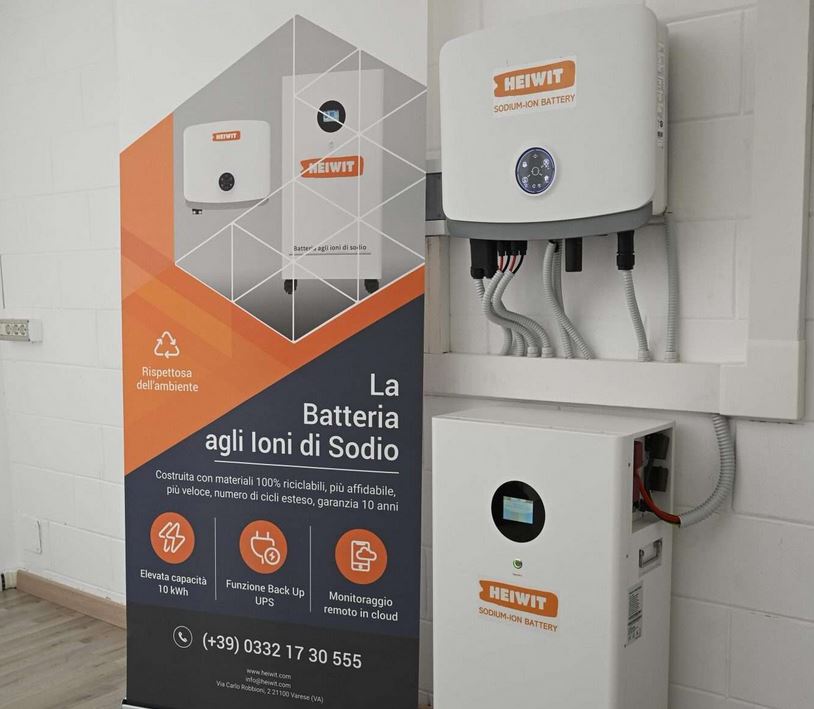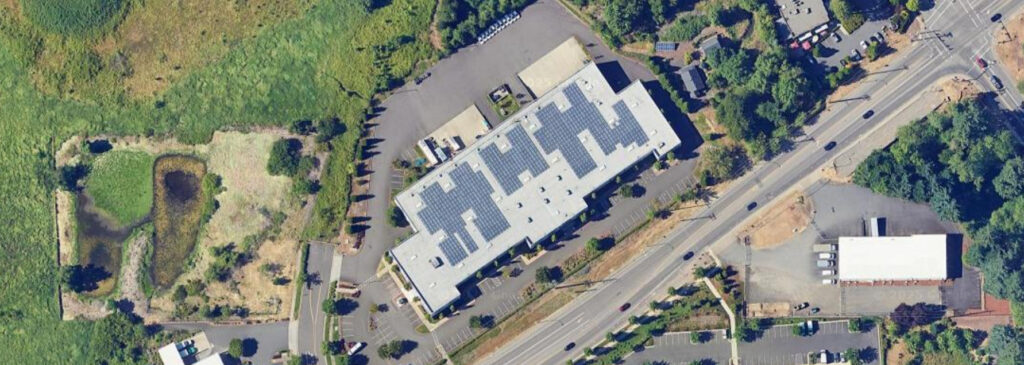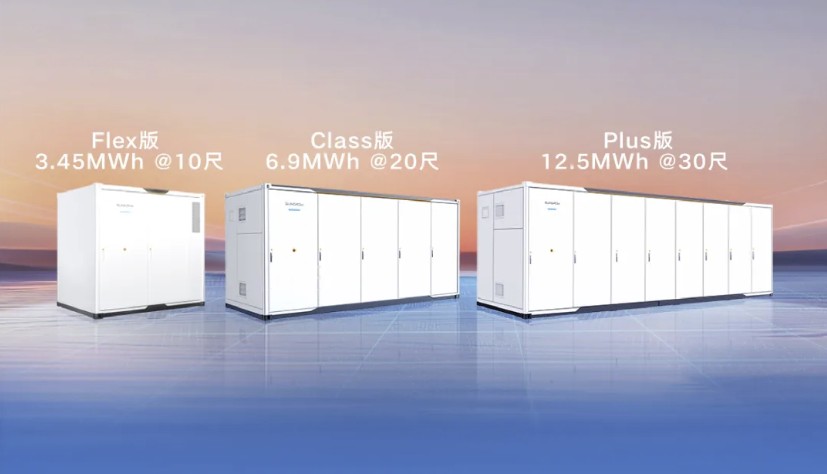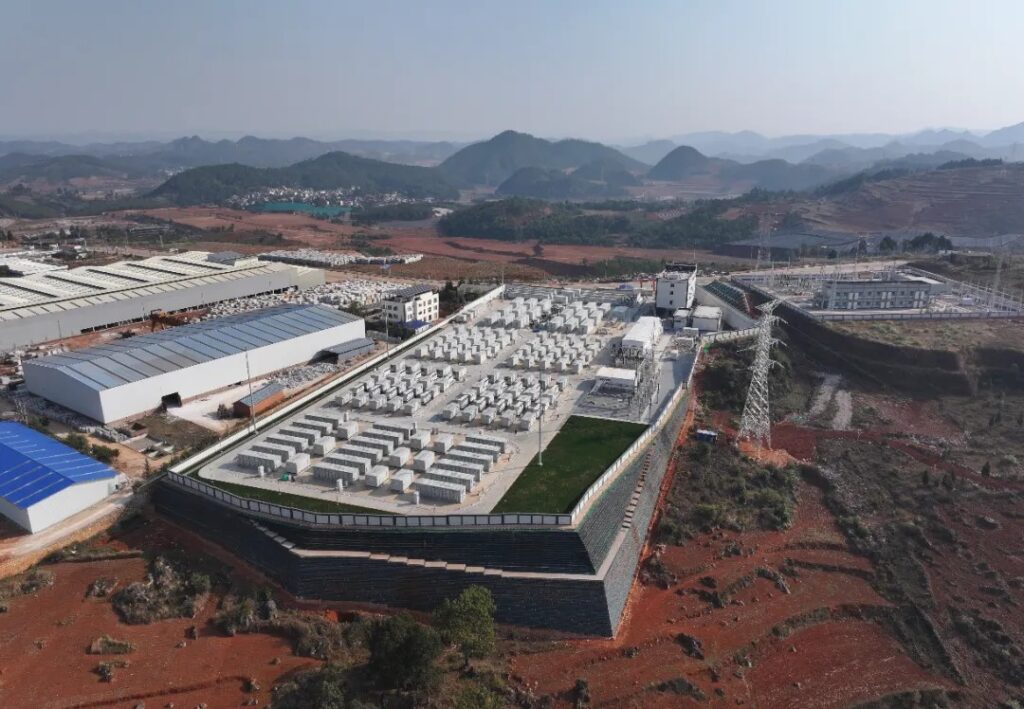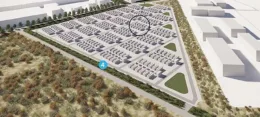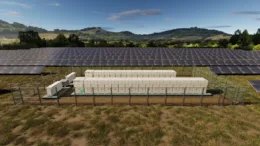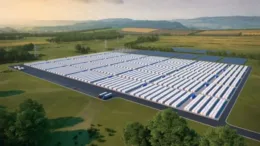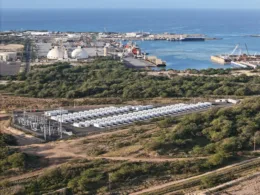How to install big, medium-voltage-grid batteries in Germany within two years
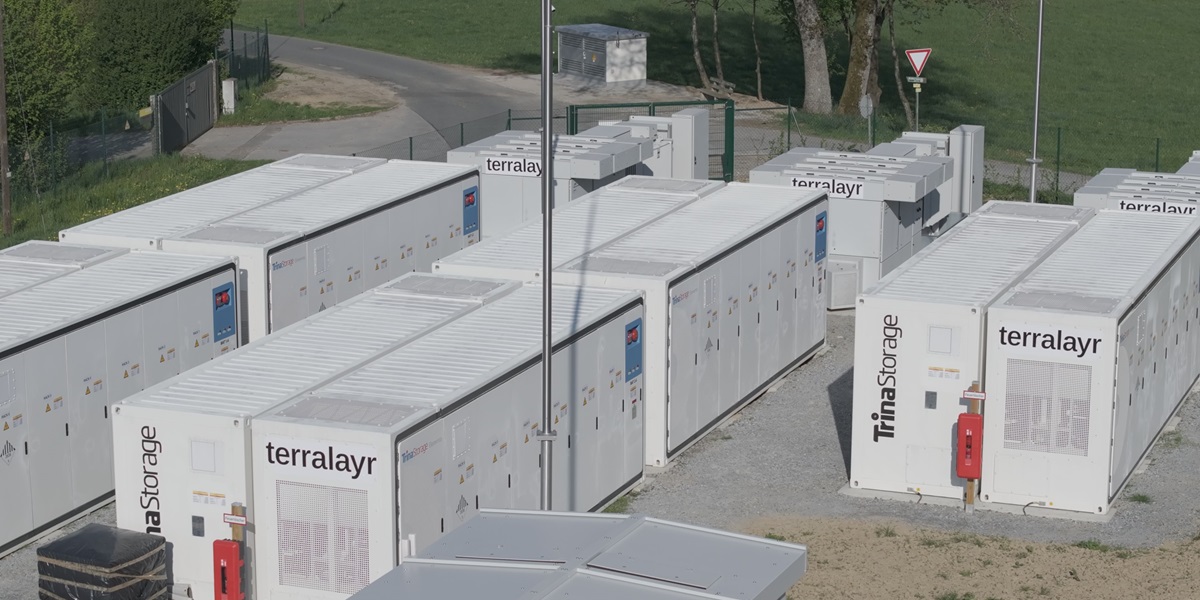
In the German towns of Celle, in Lower Saxony, and Döbeln, Saxony, construction is about to start on two large-scale energy storage projects for medium-voltage grid connection. The investor and operator of both is energy flexibility provider Terralayr.
The feeling is that grid connections and building permits for batteries are becoming more difficult to secure in Germany so Terralayr Chief of Staff Kaspar Klemm and Fabian Fink, chief operations officer of FBS have told pv magazine which market segments still have grid connection capacity and how to implement projects within two years.
pv magazine: When FBS looks for a location for a BESS and then develops the project to construction readiness, do you already know exactly who will build and operate the facility?
Fabian Fink: We’ve had a partnership with Terralayr since 2022, which means the projects we develop are also financially secure. This is very helpful during development. This allows us to answer questions about how the systems are designed and operated in dialogue with the stakeholders, be they grid operators or municipalities. This removes any obstacles.
So you already know how big the energy storage facility will be?
FF: Exactly. The storage capacity always depends on what we as developers want to do and what’s possible on the grid and infrastructural side. The size of our first joint project, in Tittling, became clear relatively early on: a good 10 MW of medium voltage. That’s the size that was possible for the project and was also favored by the operator.
And how many grid connection requests did you have to make for that?
FF: One. It doesn’t work like this: that we approach [electricity distributor] Bayernwerk and say we’d like to do 1 MW, and if they say okay, then we ask, ‘is two possible?’ Because we are very experienced in the field and also have electrical engineering expertise in-house, we can estimate fairly well in advance what is possible. If we only need a few requests, it doesn’t cause much work for anyone involved. We now have a large portfolio. We are currently working on over 100 projects across Germany. While just one request isn’t always enough, a large proportion can be handled with a single request to the grid operator. We are now working with 50 to 60 grid operators in Germany, across 12 federal states. In total, there are almost 900 grid operators in the medium-voltage sector.
How difficult is it to find the right place for the grid connection and the request?
FF: It’s actually not that easy. We’ve developed data analysis software in-house that takes a lot of the work off our hands and helps us identify these areas. If you did it manually, it would be very time-consuming. From that point on, things go comparatively quickly. There are certain requirements that grid operators have in advance to prove that the project has reached a certain level of maturity before they submit a grid request. What these are vary greatly. It’s become increasingly difficult over the last two years. The overriding premise, which is also stipulated by law for grid operators, is to award grid connections without discrimination or arbitrariness. Doing this carefully takes time.
How long does it take from the initial idea to construction readiness?
FF: There are some exceptions but I’d say 11 to 15 months is normal. That covers 80% [of projects].
Kaspar Klemm: In our partnership with FBS, we deliberately focus on medium-voltage projects between 10 [MW] and 30 MW. We consider these more attractive because they typically have shorter development times and require less space. You can often find sites in commercial areas, where the building permit process is faster than in rural areas. The implementation phase is also typically shorter, as you can connect to an existing substation, whereas with high-voltage projects, you usually have to build a new, dedicated substation which has longer delivery and construction times.
Do they have to accept operating restrictions from the grid operators?
KK: In previous projects there were no restrictions at all. That is still often the case but we occasionally see grid operators imposing restrictions, particularly during the summer. Especially at midday, when there is a lot of photovoltaic feed-in, the battery storage systems are not supposed to feed in additional power which, it must be said, does not happen for the most part. When a lot of photovoltaic power is being generated, the battery storage system will draw power. So most of the time the behavior is the opposite. Because the whole of Germany is an electricity price zone, there can be local exceptions, so the grid operator may want to be able to shut down the storage system or limit the feed-in.
What is the situation on the part of local authorities? Are there reservations about approving BESS?
FF: There are the standard reservations, questions that you hear at every city or municipal council meeting, and which are justified. What happens in the event of an incident if something catches on fire? What substances are there that are hazardous to water? But you can see that different municipalities and the lower building supervisory authorities have different priorities. Sometimes fire protection is the priority, other times water protection, and in a third project perhaps historic preservation is the priority. The most knowhow is certainly needed when it comes to questions such as which substances and mixtures of substances are present, what their composition is, and how the battery works in general. Once you have been in the market for a while, you can allay the authorities’ fears with experience and appropriate reports. In principle, however, we see a great willingness to push ahead with the energy transition.
KK: I can only agree. As an investor, we’ve already met with many mayors and city councilors, even during the development phase, to introduce ourselves so the municipality knows who will ultimately operate this storage facility. There’s definitely an understanding of storage facilities and their importance. Of course, it’s also an advantage that 90% of the trade tax revenue from the storage facilities now stays in the local communities so there’s also a financial incentive here.
Do you always build standalone energy storage systems or are they sometimes co-located with photovoltaics?
KK: We only build standalone storage systems. Co-location is more complex because you share a grid connection and have to consider the feed-in from the wind farm or photovoltaic system. In individual cases, this can lead to the battery not being able to operate at its full capacity. And since we don’t operate any renewable energy generation systems ourselves, we would need partners for that.
How do you make the hardware decision?
KK: We work very closely with our partners throughout the development process and try to achieve clarity as early as possible. In some cases, the hardware decision is already required for the building permit. As soon as the project is ready for construction, we launch the tender process for an EPC [engineering, procurement, and construction services] partner. We have a number of companies with whom we maintain good contacts, from whom we obtain bids, and who then build the project from start to finish. Technical parameters such as energy density and cell degradation, as well as warranty conditions and, ultimately, of course, the price, are crucial in the final hardware decision.
How long does this second part of the project, the construction phase, take?
KK: We’re very agile for medium-voltage projects. We can complete them in nine to 12 months. That includes the delivery time for the components; the actual construction phase takes only a few weeks in total. Sometimes, however, it can still take some time until the grid connection is actually available. For high-voltage projects, when the construction of a new substation is necessary, the construction phase is closer to 18 to 24 months.
From pv magazine Deutschland.
What regulations apply to large-scale BESS and why do some projects get stuck in the planning process? In the pv magazine Webinar Plus event, on June 12, we’ll discuss construction law, grid connection, grid-company-charged construction cost subsidies, and the criteria and requirements of grid operators that must be observed for projects, with specialist lawyer Margarete von Oppen. For more information, and to register, click here.
